Money transfers sound easy, right? You send money, and it arrives. But in reality, it’s not always that smooth. Between the delays, the high fees, and the hoops you sometimes have to jump through, it can feel like there’s a lot more to it. That’s where Ripple and its cryptocurrency, XRP, come in.
You might’ve heard of XRP or seen it listed among other cryptocurrencies, but what sets it apart? Ripple isn’t just a digital coin – it’s a whole system designed to make transferring money faster and cheaper, especially across borders.
In this guide, we’ll break down what is Ripple, how it works with things like IOUs, gateways, and validators, and why banks are paying attention to Ripple’s technology. Let’s dig into the basics and make it all simple to understand.
What Is Ripple?
Ripple isn’t just another cryptocurrency floating around. It’s a whole network designed to change how we send and receive money globally. Think of it like a new high-speed lane on the money transfer highway. Instead of waiting days for a bank to move your funds, Ripple allows money to travel as fast as information does today — almost instantly.
How Ripple Got Started
Ripple was created in 2012 by Chris Larsen and Jed McCaleb. Their idea? Fix the slow, clunky system banks use to move money across borders. They wanted to simplify the entire process, not just for individuals but for large institutions like banks too. By creating Ripple, they aimed to make sending money internationally as easy as sending an email.
Why Ripple Exists
Ripple’s main goal is simple: to make global money transfers faster and cheaper. Think about it. Traditional banking involves multiple steps, intermediaries, and fees. It can take days to transfer money from one country to another. Ripple cuts out these middlemen and processes transactions in seconds, all at a fraction of the usual cost.
Whether you’re sending money to a friend overseas or working with international banks, Ripple offers a solution to the slow and expensive systems we’ve gotten used to.
In the end, Ripple is about creating a smoother, quicker, and more efficient way to move money around the globe, benefiting both regular users and big financial institutions.
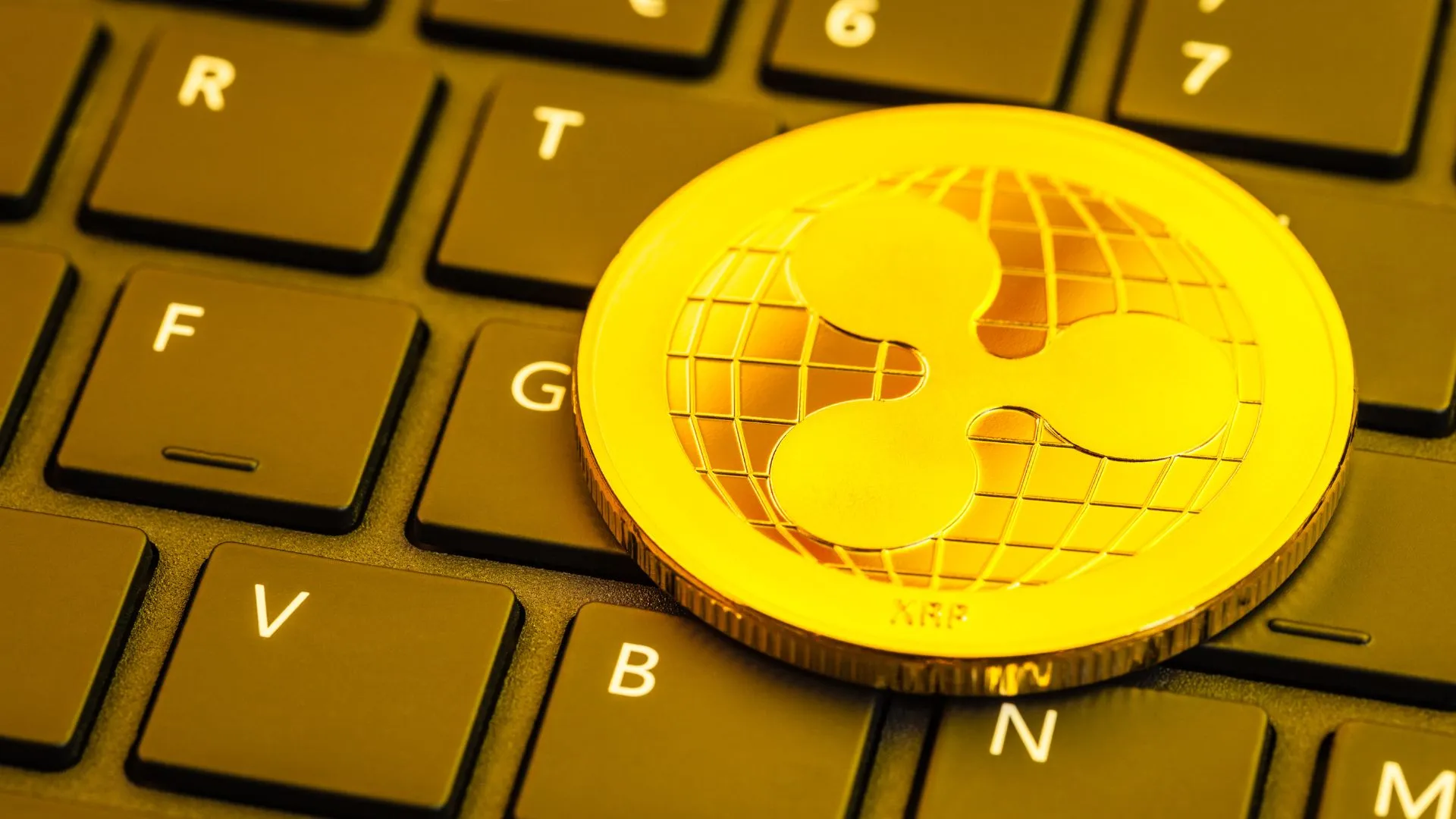
A Bit of Background
Before Ripple became what it is today, it actually began as RipplePay back in 2004, an idea brought to life by a guy named Ryan Fugger. Fugger’s goal wasn’t as grand as changing the entire financial system, but he did want to create a simpler, more efficient way for people to transfer value between each other.
His focus was on cutting out the need for traditional banks, which were often slow and expensive. RipplePay was ahead of its time, laying the groundwork for what would later evolve into Ripple as we know it.
How Ripple Evolved
Fast forward to 2012, and Ripple underwent a transformation. Chris Larsen and Jed McCaleb took the foundation that Fugger built and pushed it further. They didn’t just want to simplify small peer-to-peer payments. They wanted to shake up the entire system banks use to move money globally.
The result? Ripple, a technology that allowed money to move as fast as data. It became the answer to slow, outdated methods that often caused delays and hefty fees when sending money internationally.
Growth and Popularity
As Ripple continued to develop, it quickly caught the attention of the big players—banks and financial institutions. Many realized that Ripple could save them huge amounts of time and money when processing international transactions. Traditional systems would take days and require multiple intermediaries to move funds.
Ripple? Just seconds, with fewer fees involved. This was a game-changer for the financial world. As banks began adopting Ripple, it became a popular choice not just for its speed, but also for its reliability and cost-effectiveness.
Ripple’s Impact on Financial Institutions
Today, Ripple is far from just a tool for individuals looking to send money faster. It’s been embraced by some of the world’s largest banks and financial organizations. The reason is simple — Ripple allows them to provide better, quicker service to their customers.
Instead of waiting days for international transactions to clear, Ripple cuts it down to mere seconds. This shift in how money moves has changed the way many financial institutions operate. By improving efficiency, banks can offer a smoother experience, lower fees, and ultimately, better services.
Ripple has essentially forced financial institutions to rethink how they handle cross-border payments, and its influence only continues to grow. Whether you’re a big bank or just someone looking to send money across borders, Ripple is transforming the future of financial transactions.
How Does Ripple Work?
Ripple operates a little differently from traditional banking systems. At its core, it’s built on a network called RippleNet, designed specifically to make sending money between banks and other financial institutions a lot easier.
Imagine you need to transfer money from a bank in Canada to a bank in Japan—RippleNet connects these institutions directly, cutting out all the middle steps that typically slow things down.
The Ripple Transaction Protocol (RTXP)
At the heart of RippleNet is something called the Ripple Transaction Protocol (RTXP). This protocol is what allows financial transactions to move directly between institutions without getting tangled up in the usual delays and fees. RTXP acts like a translator between different banking systems, ensuring that money can flow quickly and securely, no matter where it’s going.
The beauty of this system is that it can settle transactions almost instantly, something that traditional banks often take days to do.
What Makes Ripple Different?
Unlike conventional bank transfers, which can take a lot of time due to multiple intermediaries, Ripple simplifies the process. In a traditional setup, sending money internationally can take days as it passes through several banks and clearing houses.
But with Ripple, there’s no waiting around. Transactions are processed in seconds, which is a huge advantage for businesses needing fast access to funds or individuals wanting to send money across borders quickly.
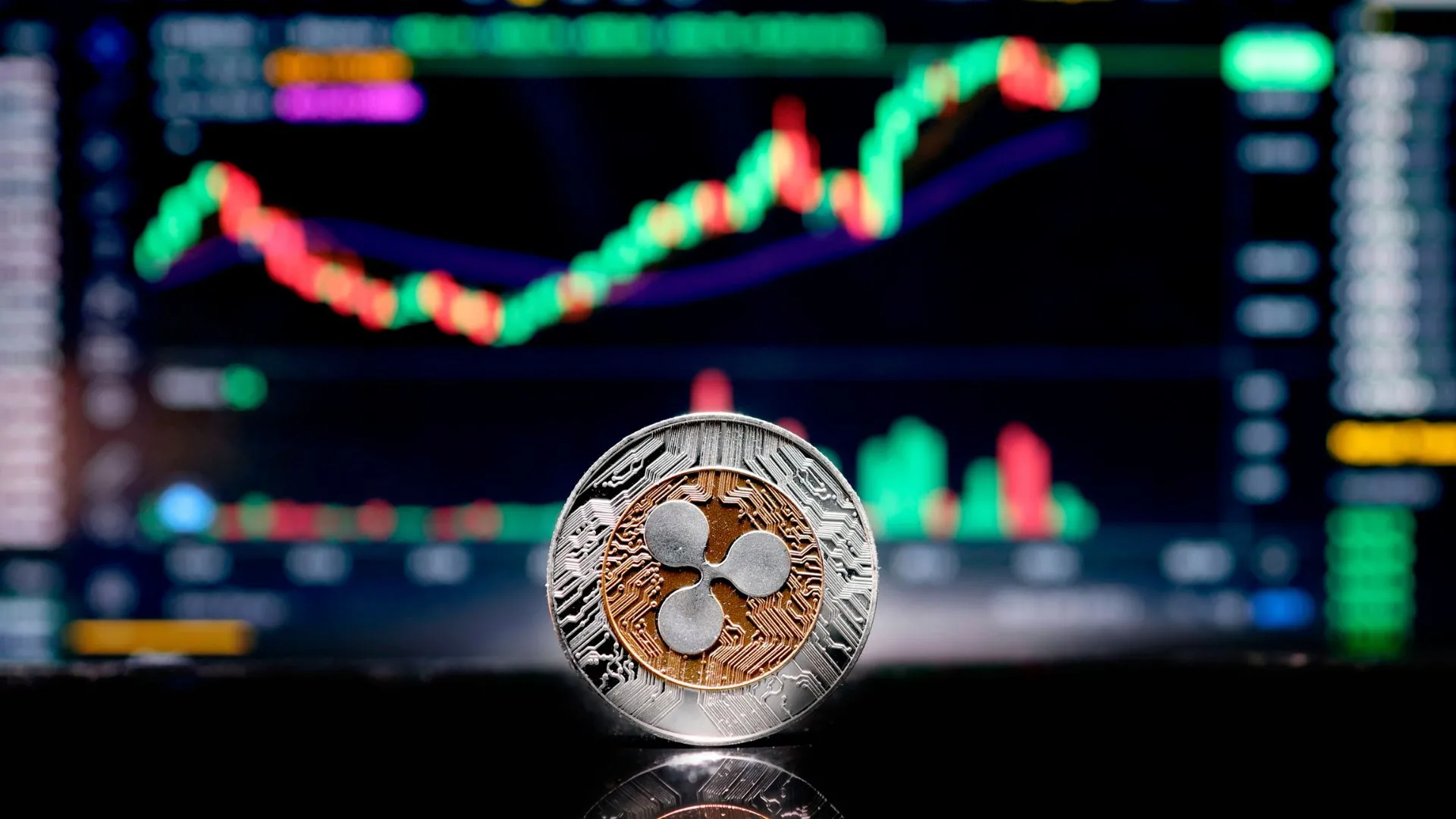
What About XRP?
XRP is Ripple’s digital currency, but it’s not just another cryptocurrency like Bitcoin or Ethereum. Think of it as a bridge currency. Its primary purpose is to make exchanging different currencies easier and faster, especially for international transactions.
Let’s say a bank in Canada needs to transfer money to a bank in Japan. Instead of converting Canadian dollars into Japanese yen through multiple steps, the bank can first convert its money into XRP. The XRP is then sent through Ripple’s network to the receiving bank, which can convert the XRP into yen. It’s a quick, efficient, and cost-effective way to transfer funds across borders.
How XRP Simplifies Transactions
The beauty of XRP lies in its ability to act as an intermediary. Traditional methods of sending money internationally often involve converting currencies multiple times, which can be slow and expensive. XRP cuts out all these middle steps by allowing banks to exchange their funds into XRP first, which then moves seamlessly through Ripple’s system.
Once it reaches its destination, it’s converted back into the local currency.
Here’s a basic example: if you’re in Canada and need to send money to Japan, instead of converting your Canadian dollars into Japanese yen through various institutions (each charging fees and taking time), you can exchange the Canadian dollars for XRP.
The XRP moves across the Ripple network and arrives almost instantly, where it’s then exchanged into yen. This streamlined process not only saves time but also cuts down on the costs involved.
Benefits of Using XRP
There are some clear advantages to using XRP. One of the biggest is speed. Traditional international transfers can take several days, especially if they go through multiple banks. With XRP, transactions are settled in seconds, which is especially valuable for businesses that need to move large amounts of money quickly.
Another perk is the cost-saving aspect. With fewer intermediaries involved, fees are reduced. And because XRP is designed to handle a high volume of transactions, it can offer this efficiency at a lower cost compared to traditional banking methods.
XRP makes global business smoother. It allows companies and banks to send money between different currencies without the usual hassles of exchange rates and conversion fees. This makes XRP not only a handy tool for financial institutions but also a game-changer for businesses that operate internationally.
Why XRP Matters
XRP is a key part of Ripple’s larger mission to revolutionize how money moves across the globe. It’s helping banks, businesses, and even individuals by providing a faster, cheaper, and more efficient way to transfer funds, especially across borders. By acting as a bridge between currencies, XRP is simplifying the global financial system and making international transactions much more accessible.
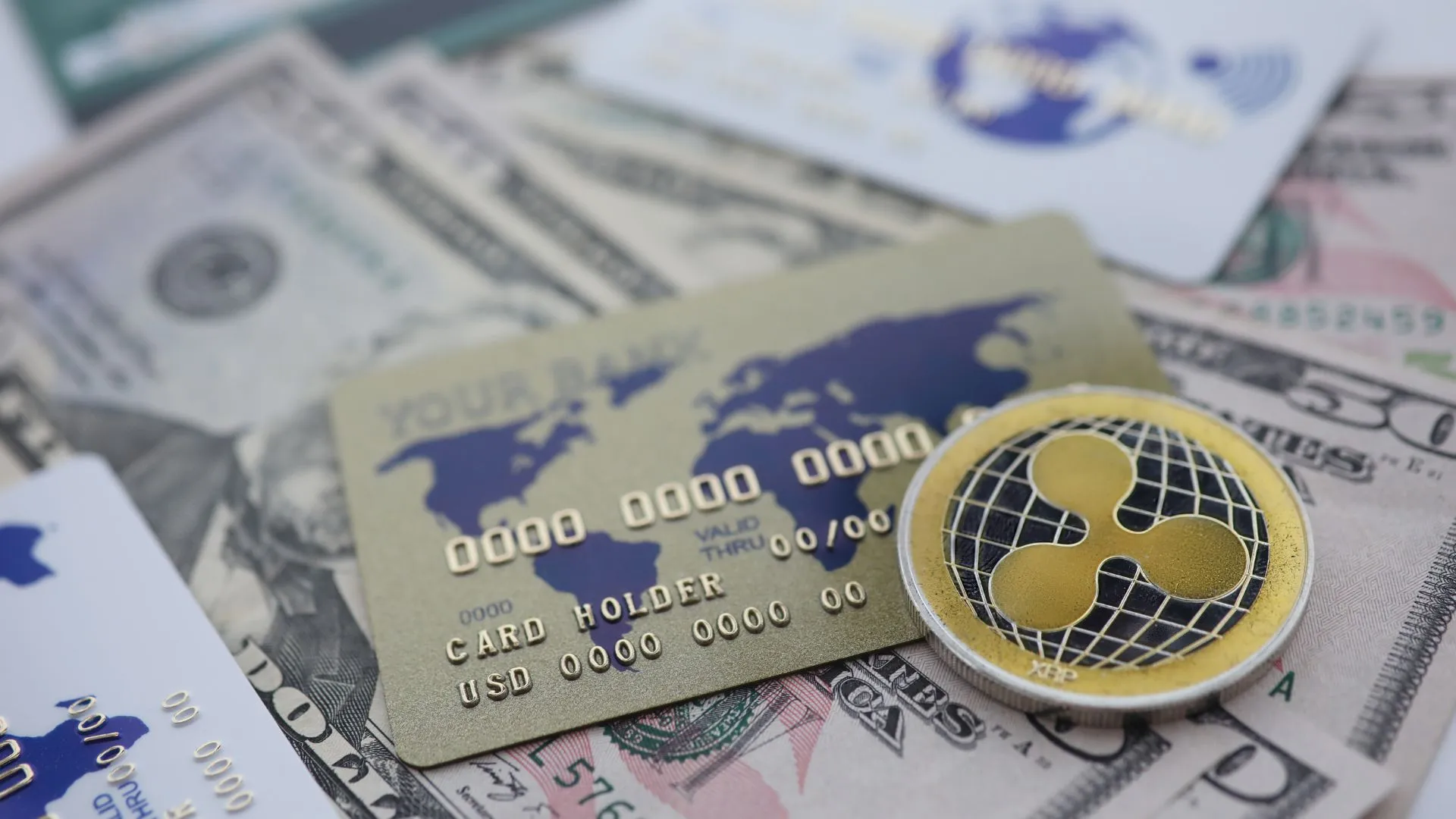
Why Use XRP?
When it comes to moving money across borders, XRP stands out for a few reasons — its speed, capacity to handle large volumes, and cost-effectiveness. Let’s break down why XRP has become an attractive option for banks, businesses, and even individuals looking to transfer funds efficiently.
Speed of Transactions
One of the biggest selling points of XRP is how fast it moves money. Imagine sending money to the other side of the world and having the transaction complete in just four seconds. That’s what XRP offers. Compare that to Bitcoin, which can take about ten minutes for a single transaction.
This speed can be a game-changer, especially for businesses that need to send or receive money quickly. Whether it’s paying suppliers or receiving funds, time is money, and XRP helps you save both.
High Transaction Capacity
Another reason XRP is getting attention is its ability to handle a lot of transactions at once. XRP isn’t just fast; it’s also scalable. The system is designed to process thousands of transactions per second without a hitch.
For big players like banks and financial institutions, this is a massive plus. They need a system that can handle large amounts of money moving back and forth—without delays or crashes. XRP offers them that reliability.
Cost-Effectiveness
Money transfer costs can add up, especially for international transactions. Here’s where XRP comes in handy. It’s not only fast and reliable but also affordable. Traditional banking methods often involve several middlemen—each taking their cut in the form of fees. XRP helps cut down on those costs because its network eliminates the need for extra steps.
Lower fees mean businesses and individuals can send money globally without worrying about high costs eating into their funds. In simple terms, XRP makes sending money cheaper, which is a big deal for both everyday users and large corporations.
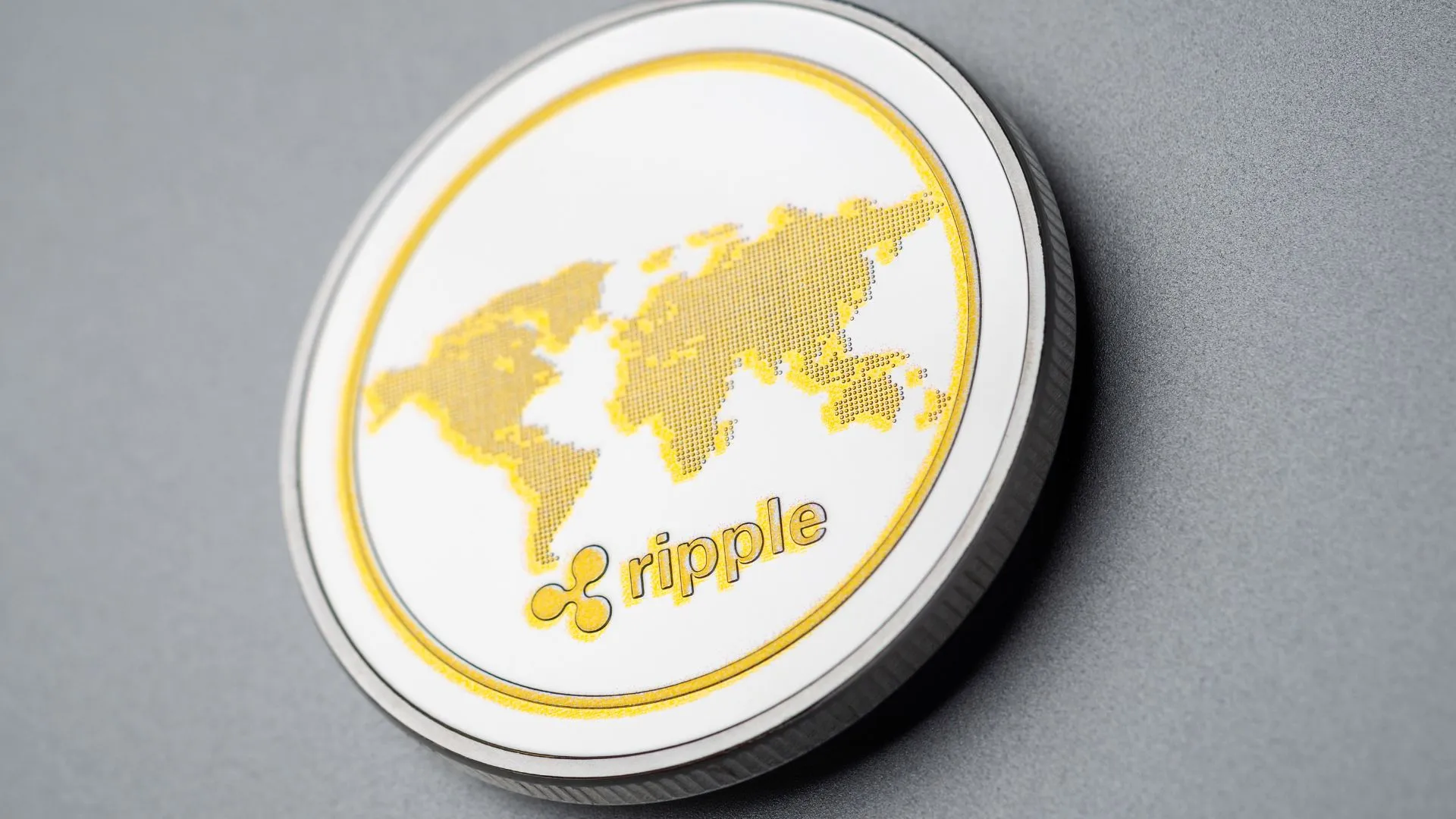
Is XRP a Good Investment?
When it comes to investing in XRP, opinions can vary widely, and it’s easy to see why. There are opportunities, but there are also risks, just like with any cryptocurrency. Let’s break down what you should keep in mind if you’re thinking about putting your money into XRP.
Potential for Growth
One of the reasons people look at XRP as a promising investment is the potential for growth. Ripple, the company behind XRP, is working hard to get its technology adopted by banks and financial institutions across the globe.
If Ripple succeeds in getting more partnerships and gaining widespread use, the demand for XRP could go up. More demand could potentially mean an increase in value for XRP over time.
For example, Ripple’s network is designed to help banks transfer money faster and more efficiently across borders. If more institutions start using RippleNet, they might also start using XRP, which could drive up its price. It’s this possibility of increased adoption that makes some investors excited about XRP’s future.
Risks Involved in Investing
That said, it’s not all sunshine and rainbows. Cryptocurrencies in general are known for being volatile, and XRP is no exception. The price of XRP can fluctuate significantly in a short period of time, meaning there’s a risk you could lose a portion of your investment. The value can be influenced by factors ranging from regulatory decisions to market sentiment, and sometimes things change unexpectedly.
There’s also the ongoing SEC lawsuit in the U.S., which has created uncertainty around XRP. If the outcome is unfavorable for Ripple, it could negatively impact the price of XRP. On the flip side, if Ripple comes out on top, it might boost confidence in the currency.
Weighing the Pros and Cons
So, is XRP a good investment? That really depends on your risk tolerance and financial goals. If you’re comfortable with some level of uncertainty and believe in Ripple’s technology, XRP might be worth a look. But if you’re risk-averse, it might not be the best fit for you.
At the end of the day, it’s important to do your research and consider how much risk you’re willing to take. Cryptocurrencies can offer exciting opportunities, but they also come with their fair share of ups and downs. Deciding whether XRP is right for you is about finding the balance between the potential rewards and the risks involved.
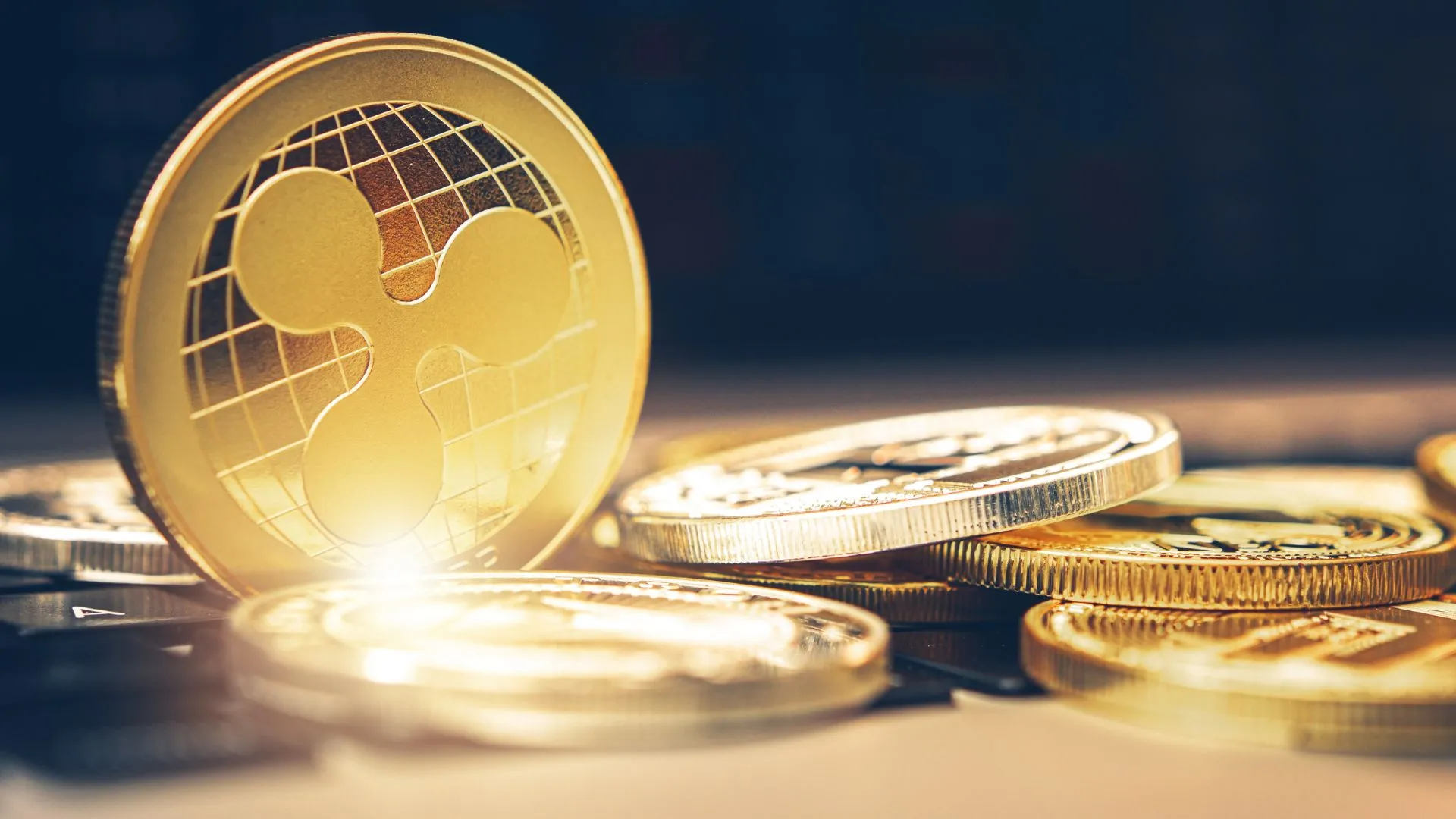
Ripple’s Impact on the Banking System
Ripple’s technology transforms the way banks conduct cross-border transactions. Traditionally, these transactions can be slow and expensive due to the use of outdated systems. Ripple offers a modern solution that is both cheaper and faster.
Advantages for Traditional Banks
Many banks still rely on old systems that were developed years ago. These systems can create delays and high costs for international transfers. By adopting Ripple’s technology, banks can streamline their processes, making them more efficient and cost-effective.
Speeding Up Transactions
With Ripple, banks can complete cross-border transactions in just seconds, compared to the days it often takes using traditional methods. This quick turnaround can greatly improve customer satisfaction and reduce operational costs.
A Real-Life Example
Let’s say you want to send money to a friend who is studying in another country. If you use traditional methods like wire transfers, it could take several days for the money to arrive, and you might pay high fees in the process.
The Ripple Advantage
Now, imagine using Ripple instead. That same transaction can be completed in mere seconds. Plus, the fees are significantly lower. This speed and affordability could change the way we think about sending money internationally.
This example highlights a shift in how individuals can send money. Instead of worrying about long wait times and high costs, people can enjoy a seamless experience with Ripple. This can make everyday transactions more convenient and accessible.
The Transformation of Value Transfer
Ripple and its digital currency, XRP, are reshaping how value is transferred globally. While the main focus is on improving banking systems, the implications extend to everyday transactions for consumers as well.
Innovations in Finance
As you explore the world of cryptocurrency and financial technology, keep in mind that innovations like Ripple can lead to significant changes in money exchange. These changes can impact individuals and businesses alike, creating more opportunities for efficiency.
If you have any questions or thoughts about Ripple, don’t hesitate to leave a comment. The finance world is constantly evolving, and staying updated on these developments is essential for anyone interested in the future of money.
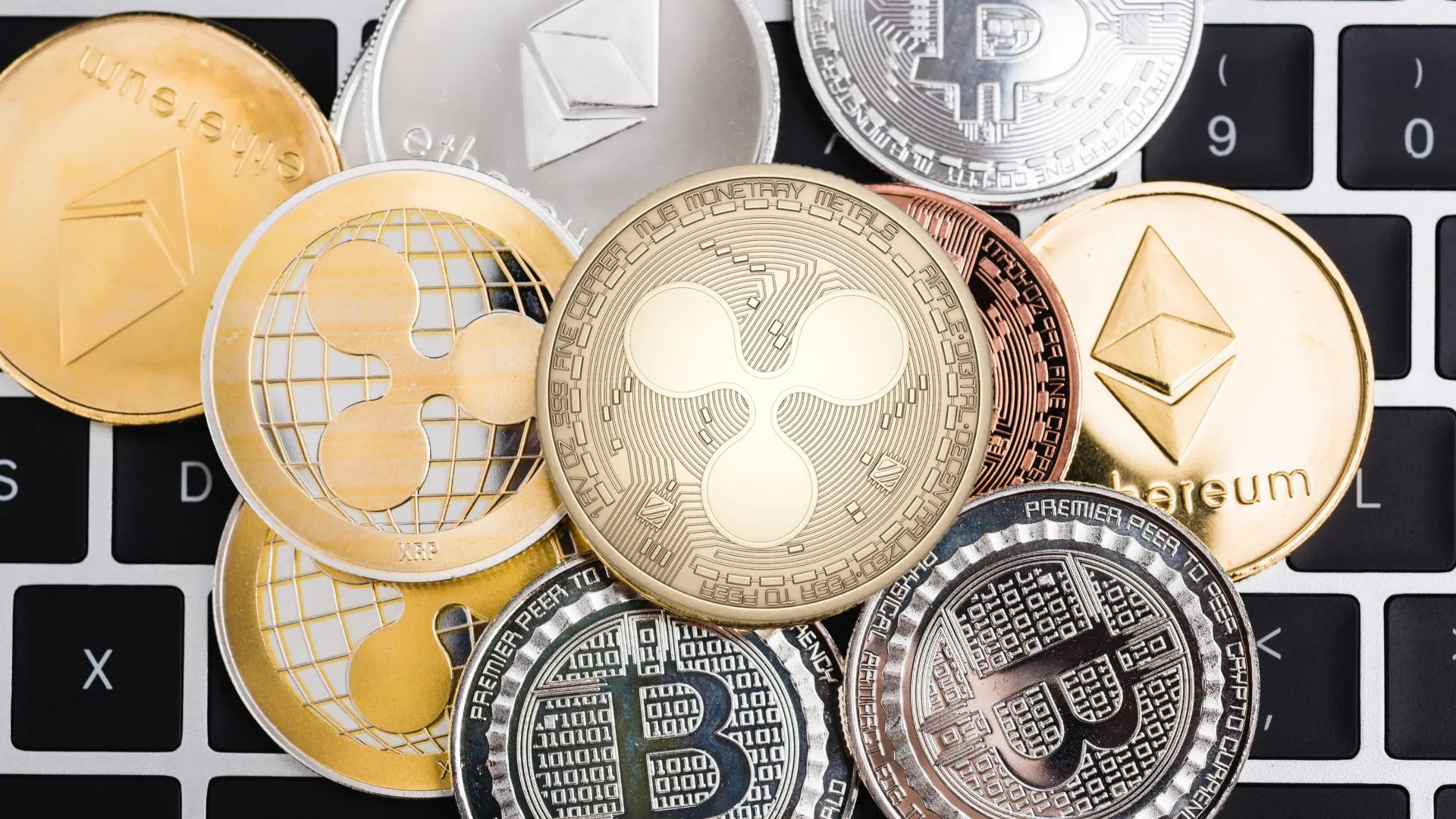

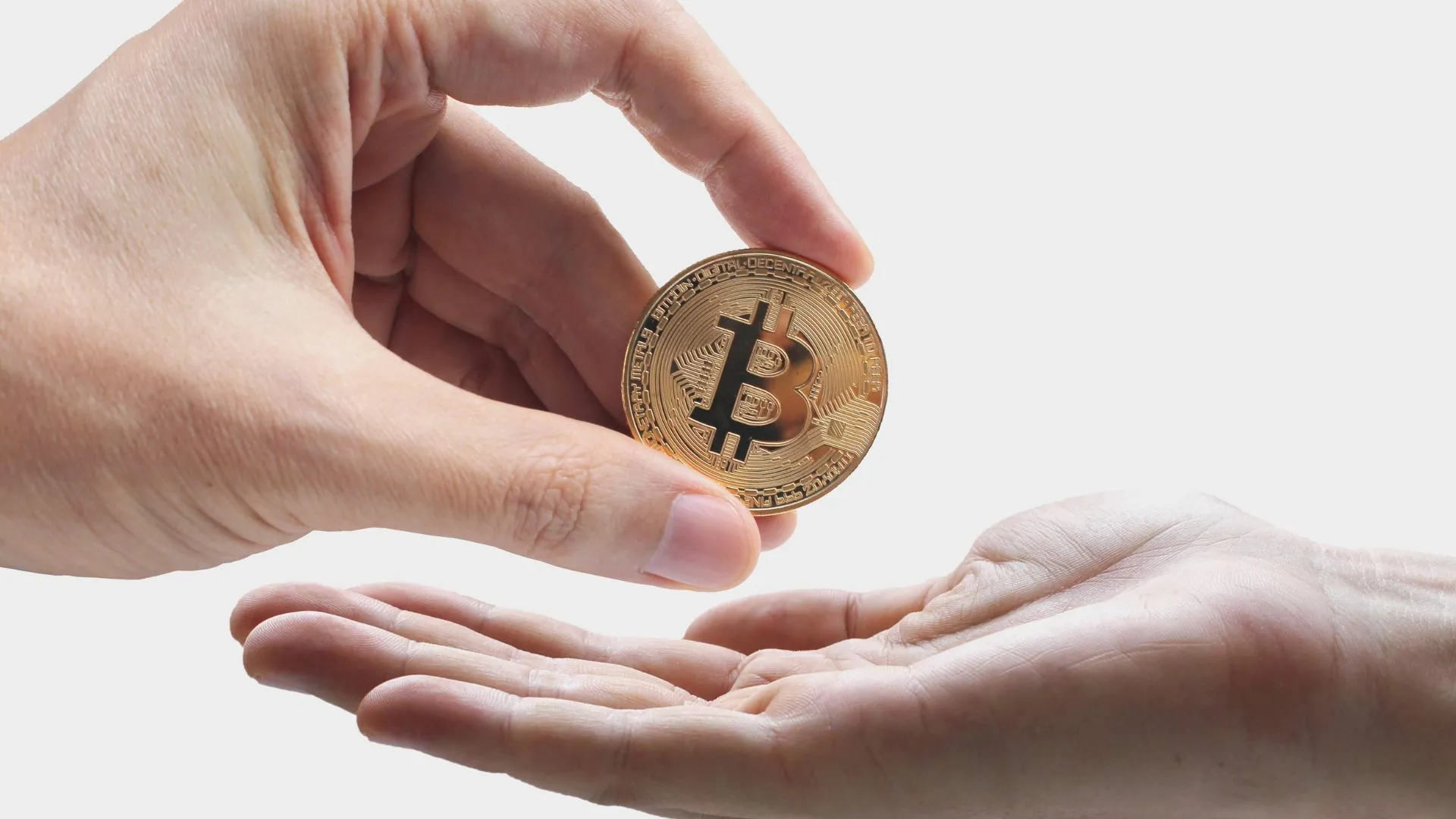
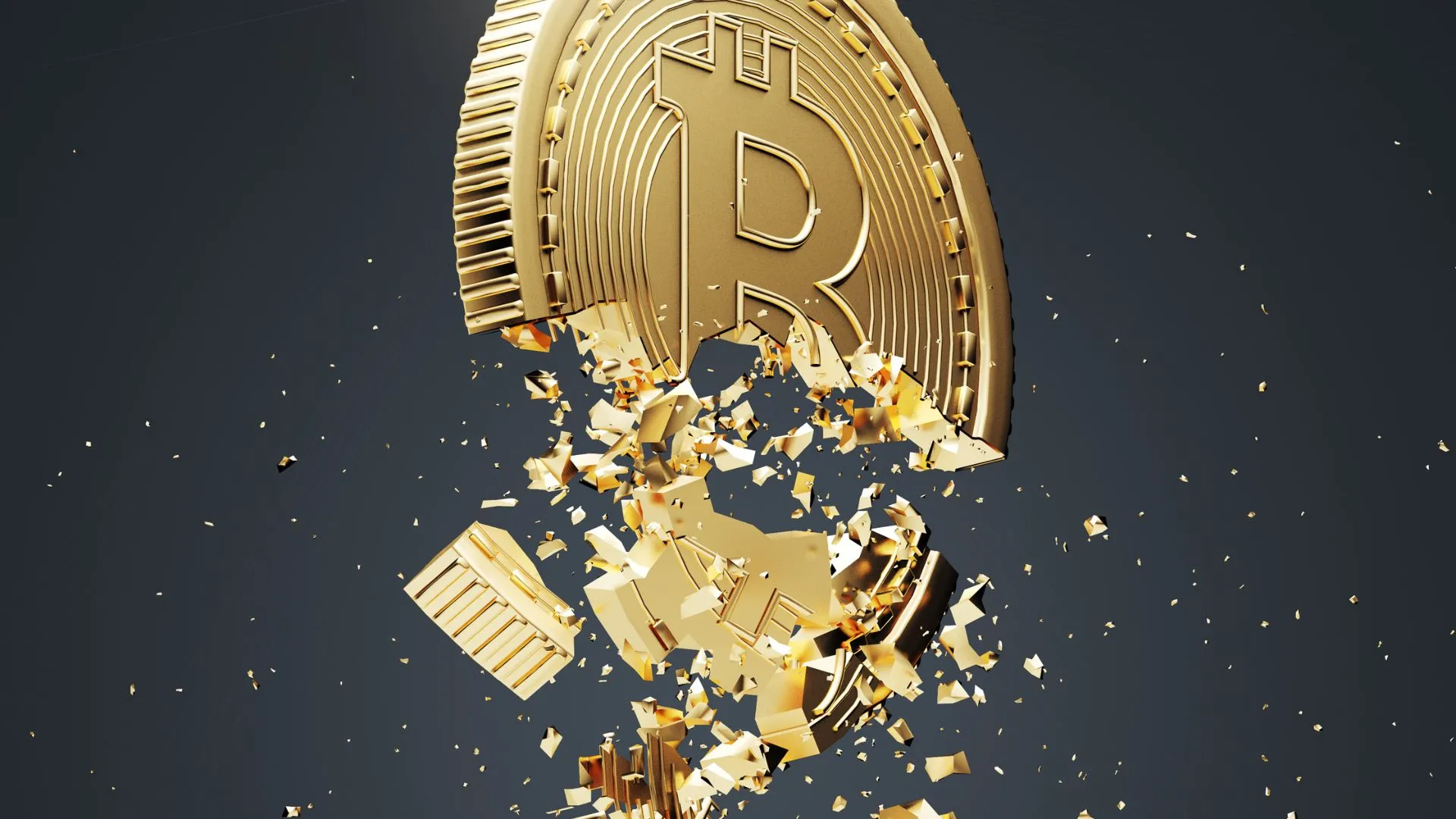
Recent Comments